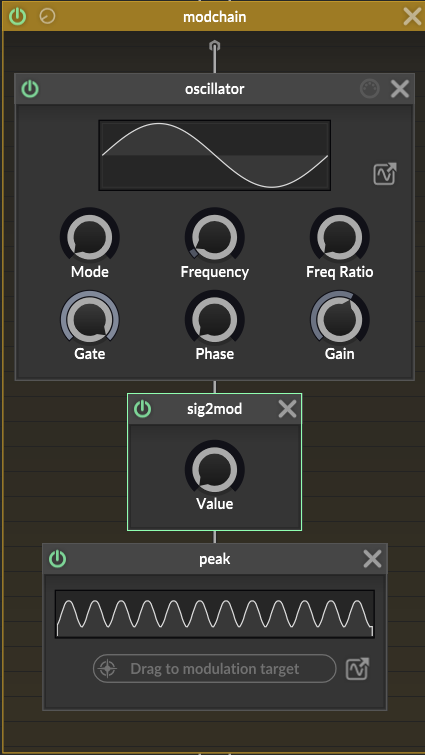Hi everyone,
I’ve noticed that many of us, especially newcomers, work independently on amazing projects. Unfortunately, many of these projects remain unfinished or fail to reach their full potential due to limited resources, time, or marketing experience.
I believe that by forming a team, we could:
- Develop better software through collaboration and shared knowledge.
- Solve common technical problems more efficiently.
- Pool resources to handle marketing and distribution effectively.
- Share the workload and reduce the strain of going solo.
- Bring unfinished projects to life and give them the exposure they deserve.
- This isn’t just about coding—it’s about forming a team to cover the entire journey, from development to launching and promoting plugins or software.
Personally, I have a few projects ready in terms of logic but need time and help to refine, distribute, and market them. I imagine many of you are in a similar position!
I’m proposing the creation of a “League of Newbies” where We can work together, not just on development but also on creating strategies for distribution and marketing. By joining forces, We can achieve more and bring our creations to a wider audience.
If this sounds exciting to you, let’s discuss ideas and potential collaborations here. Together, we can make this happen! 
I’m also open to any constructive criticism about this idea—I woke up with this thought and felt like sharing it with all of you.




